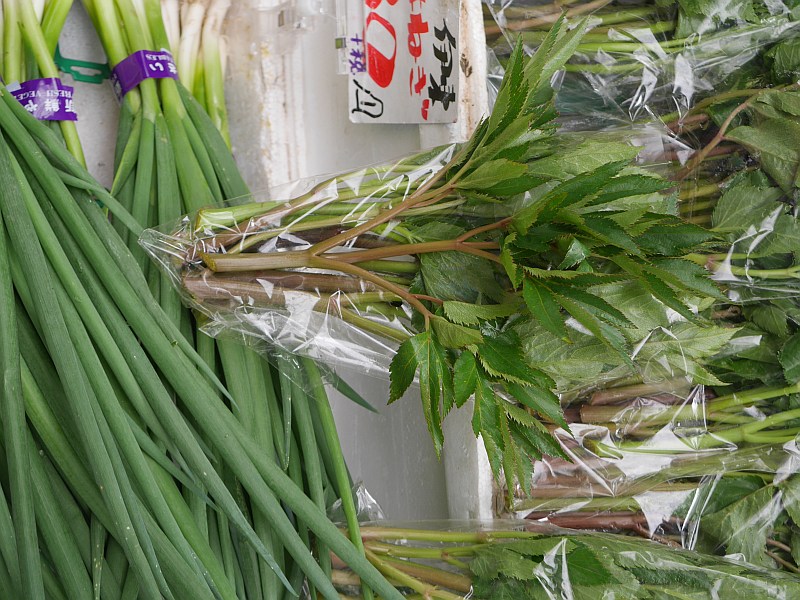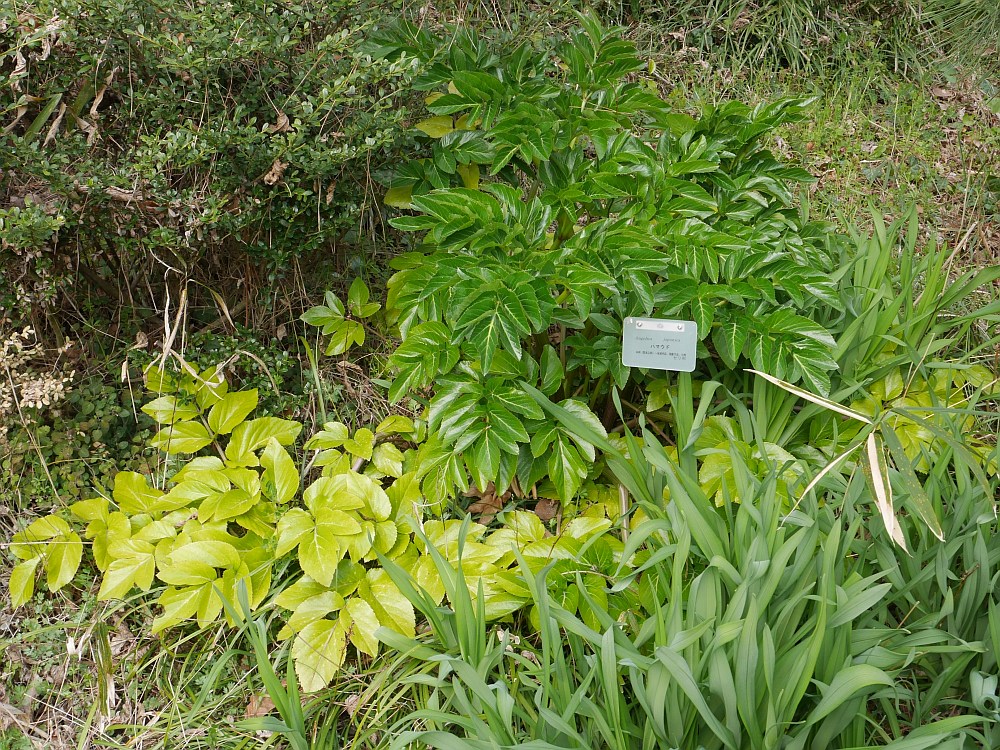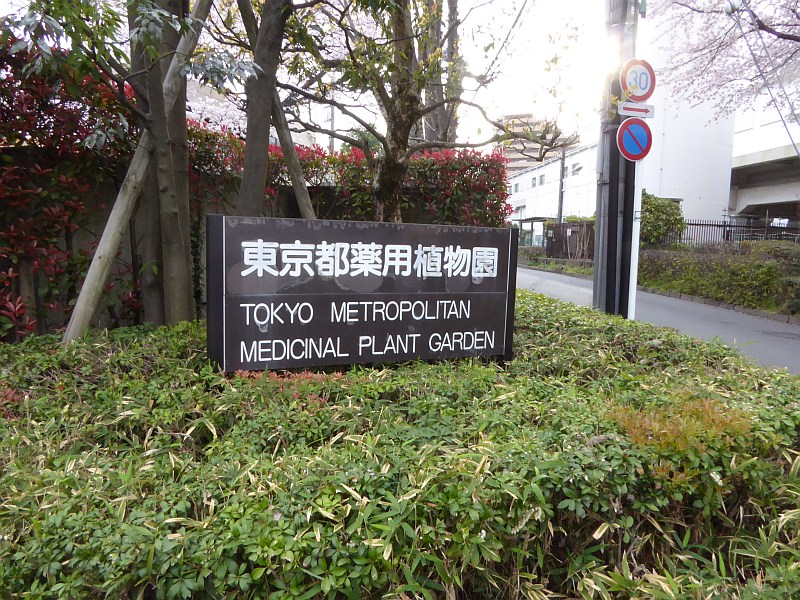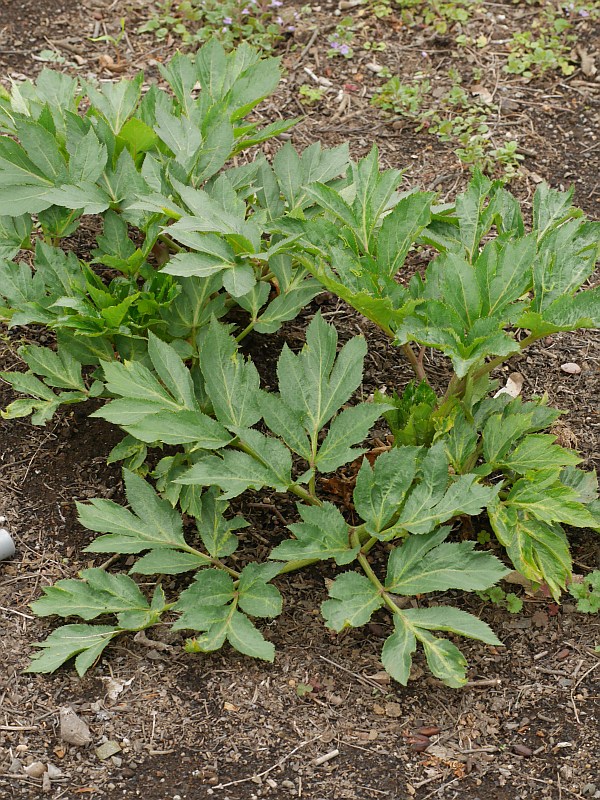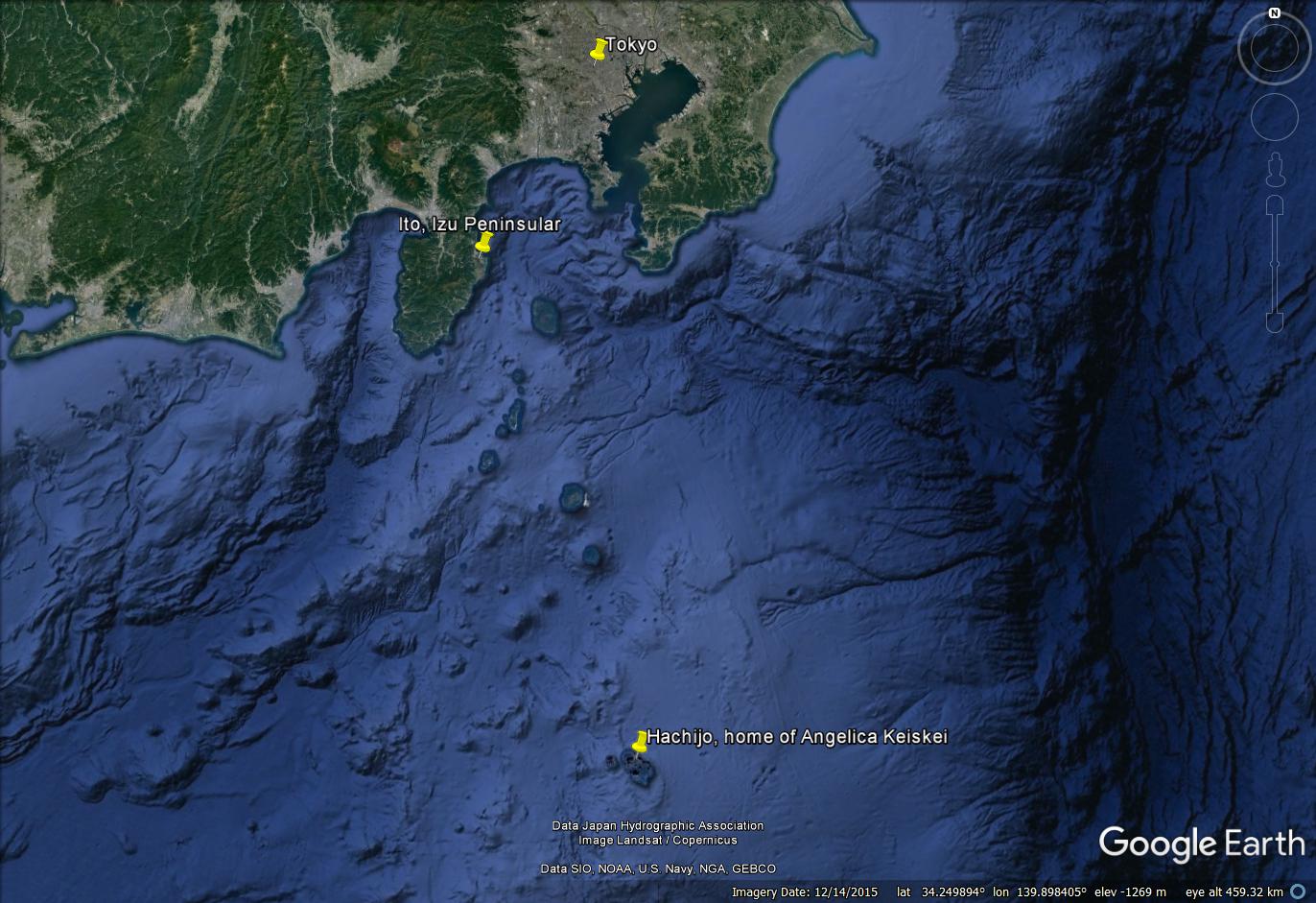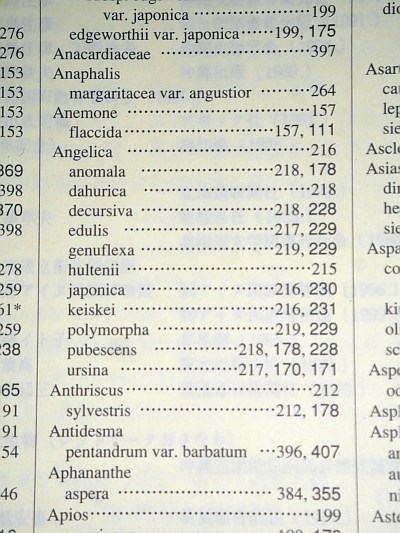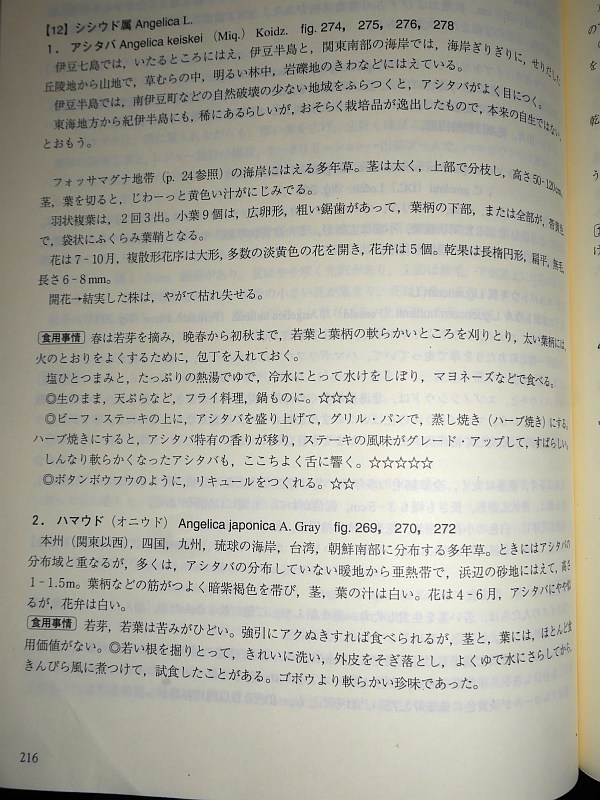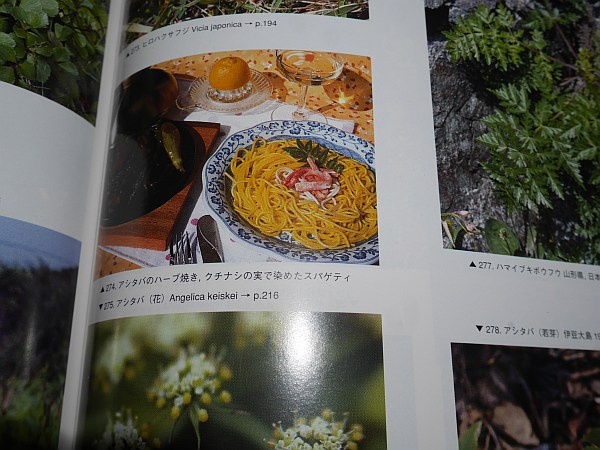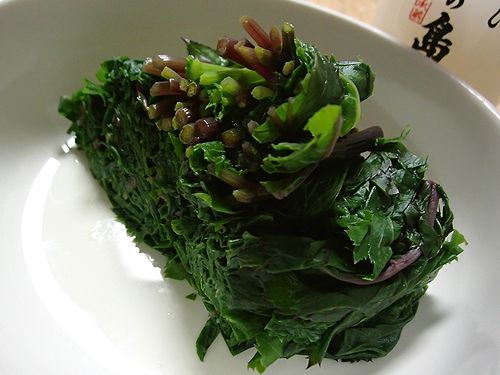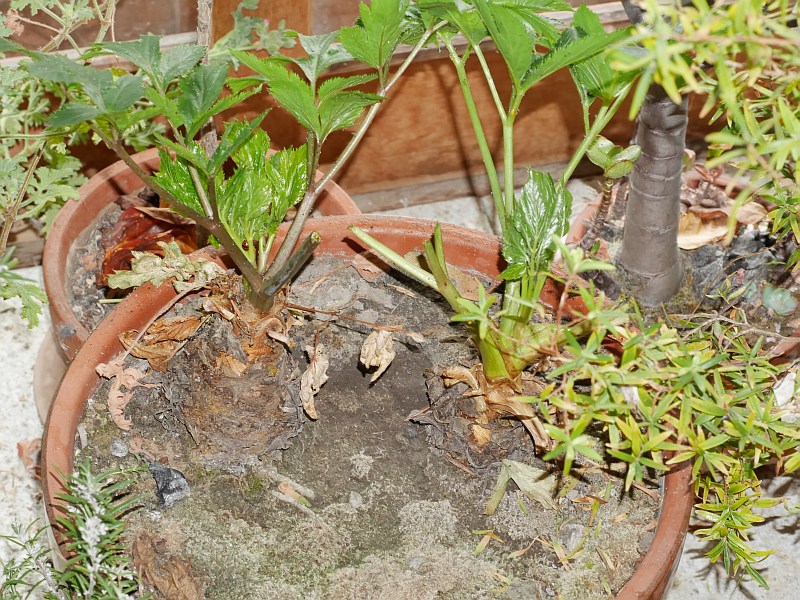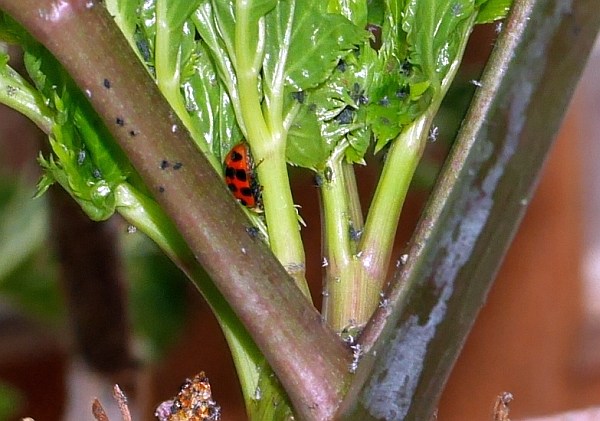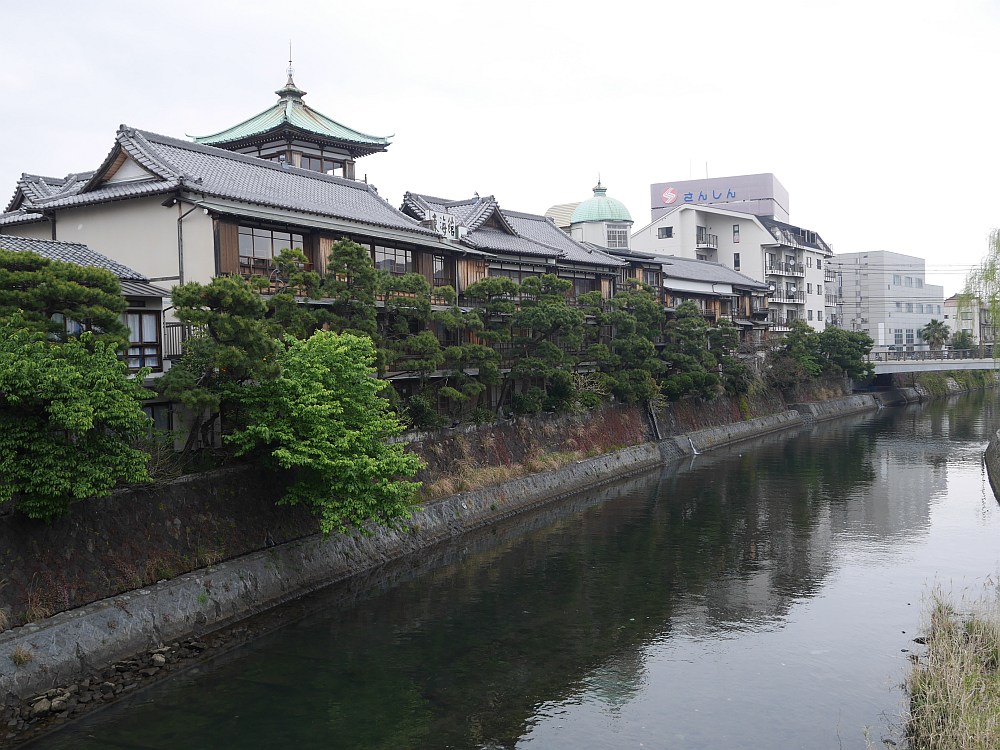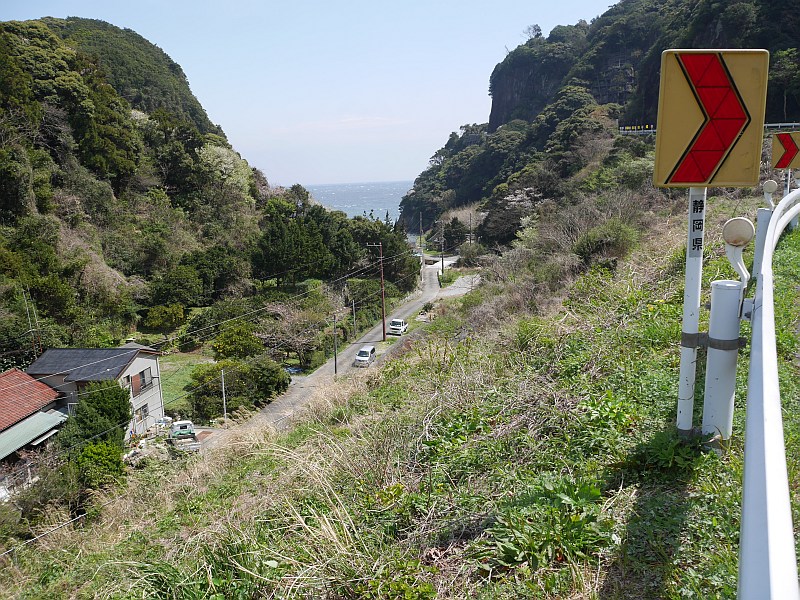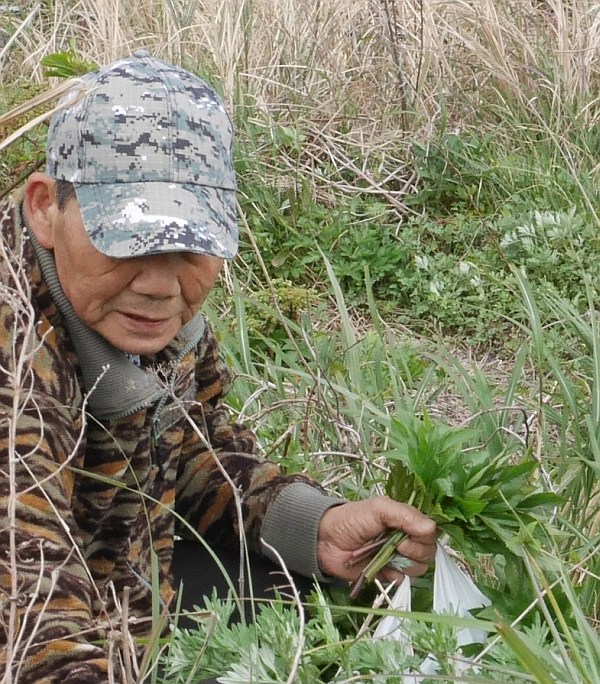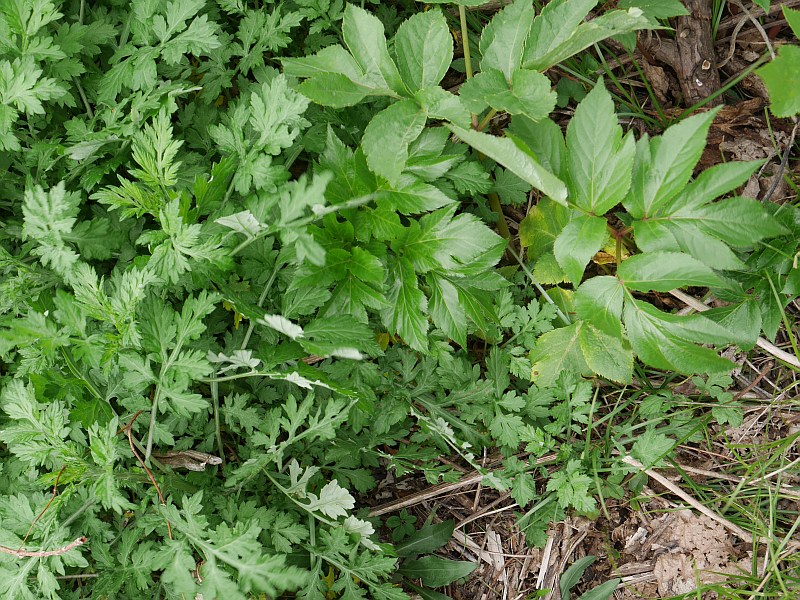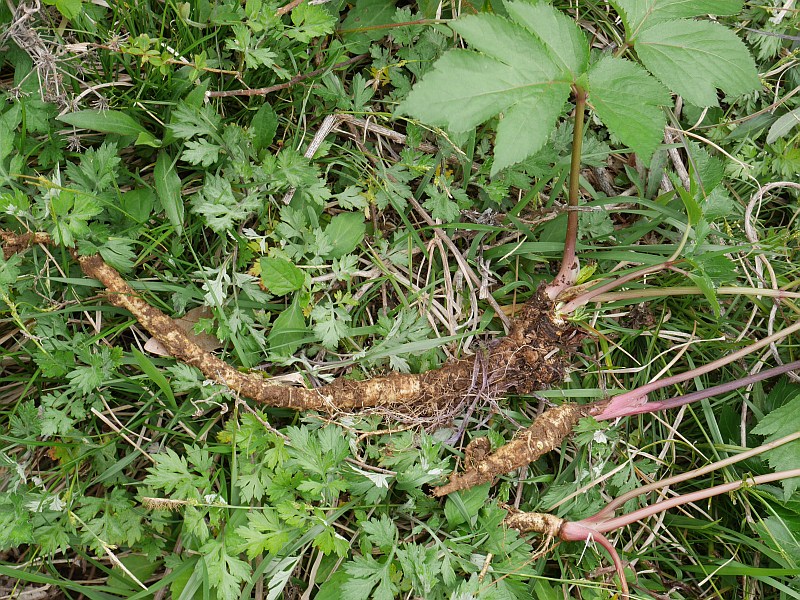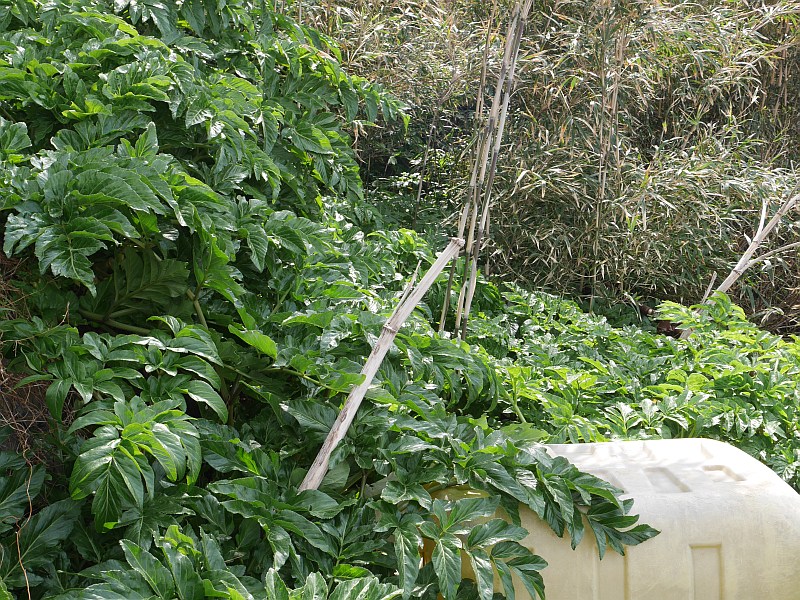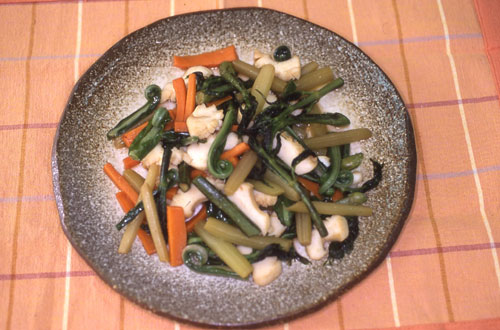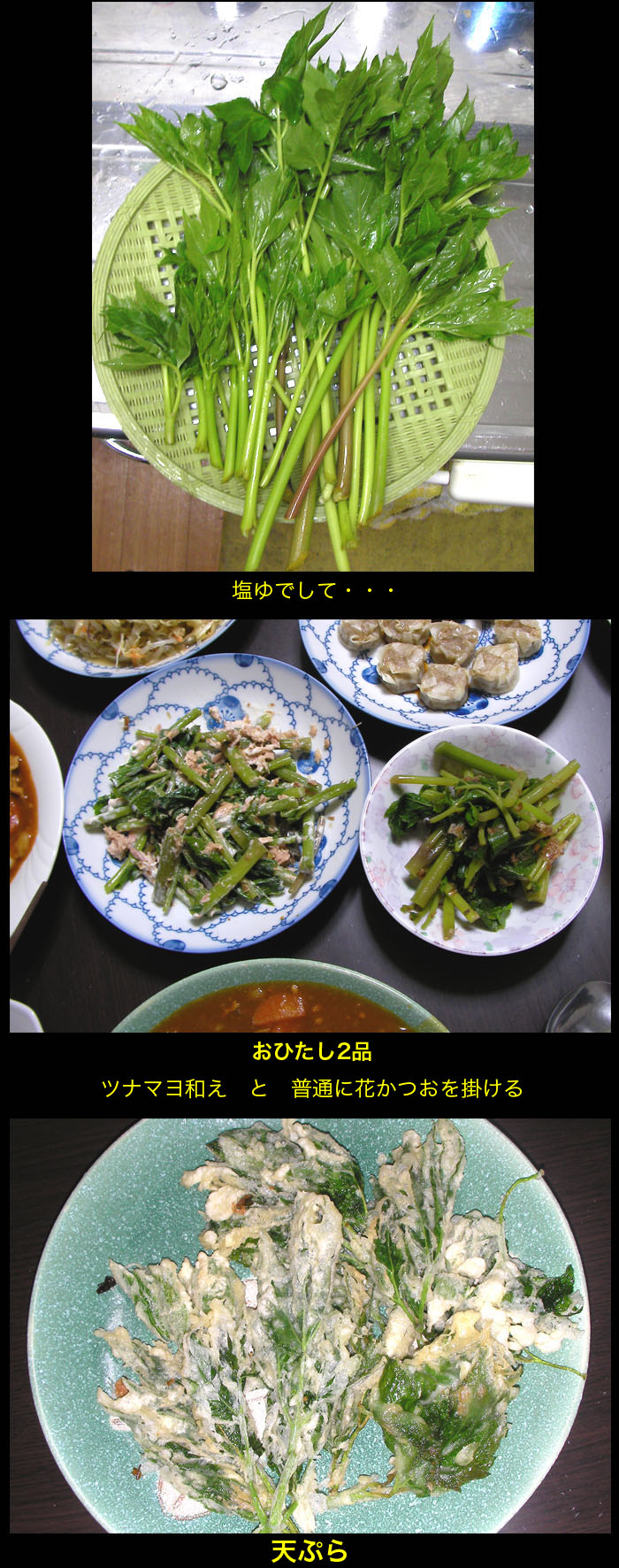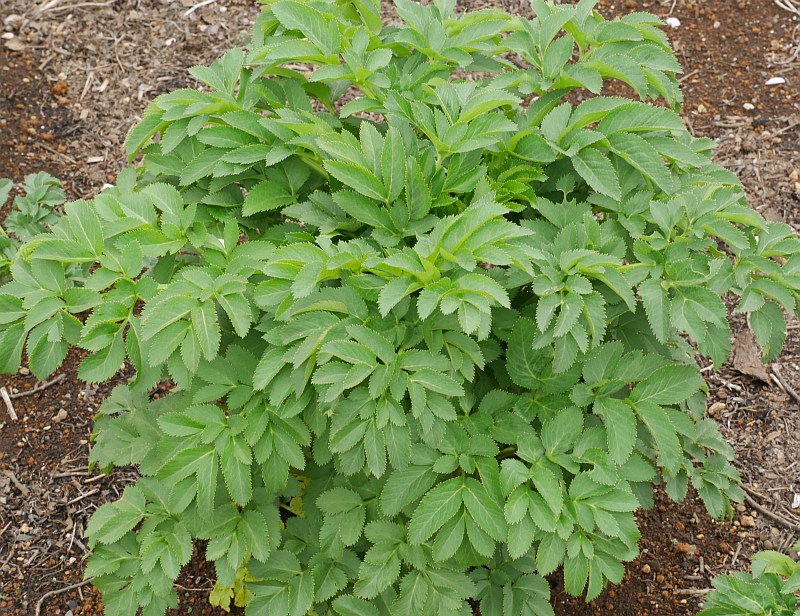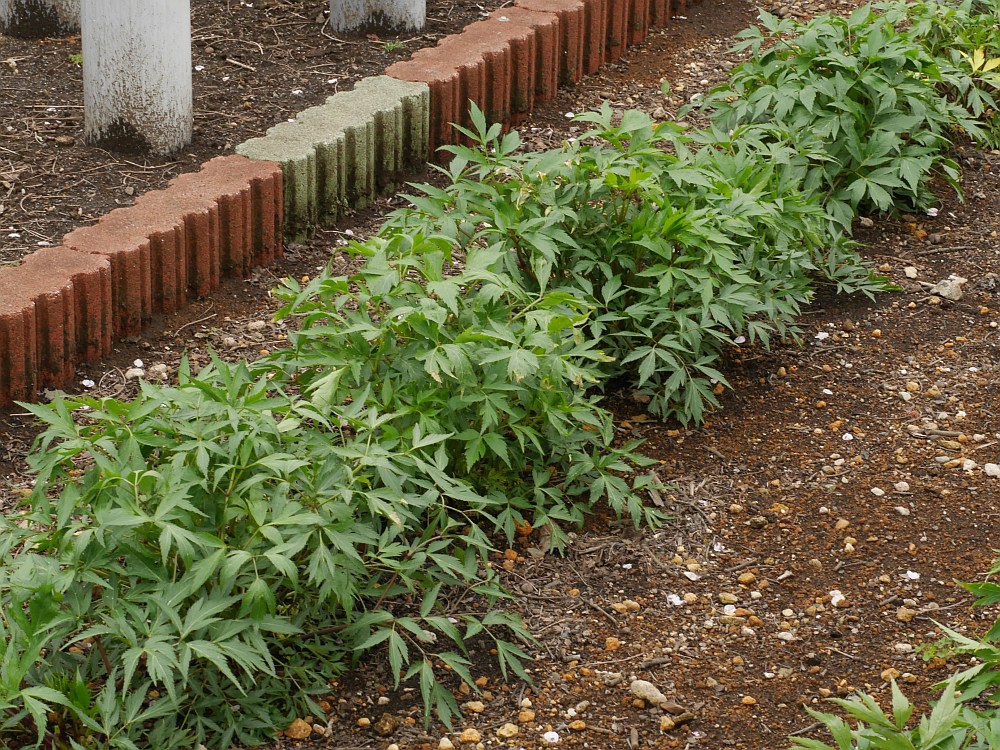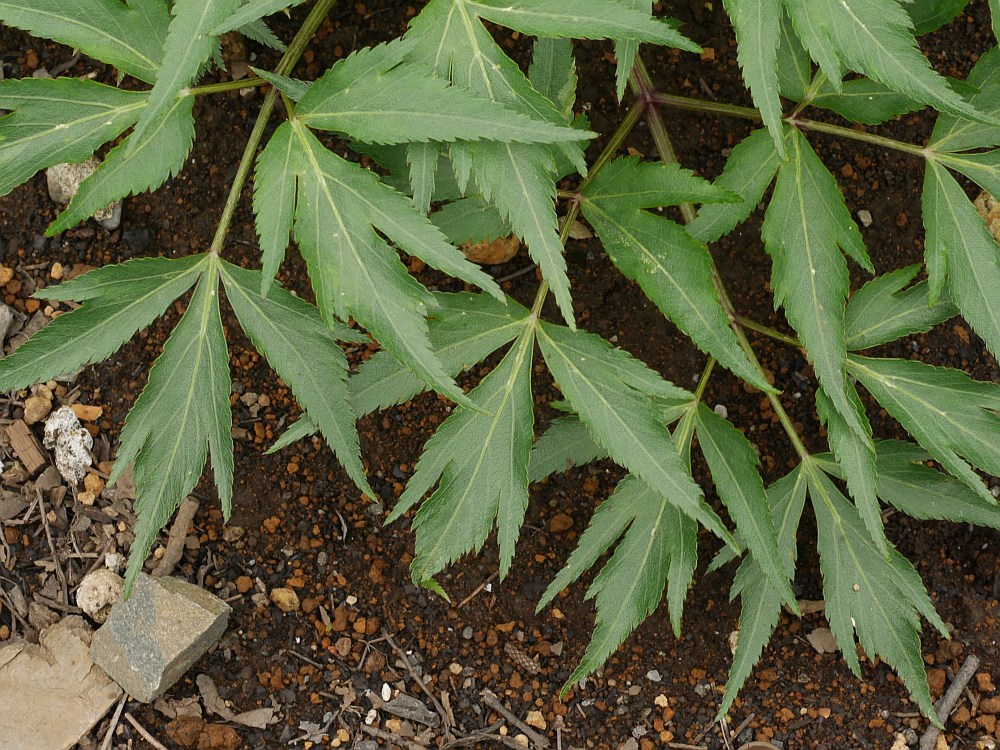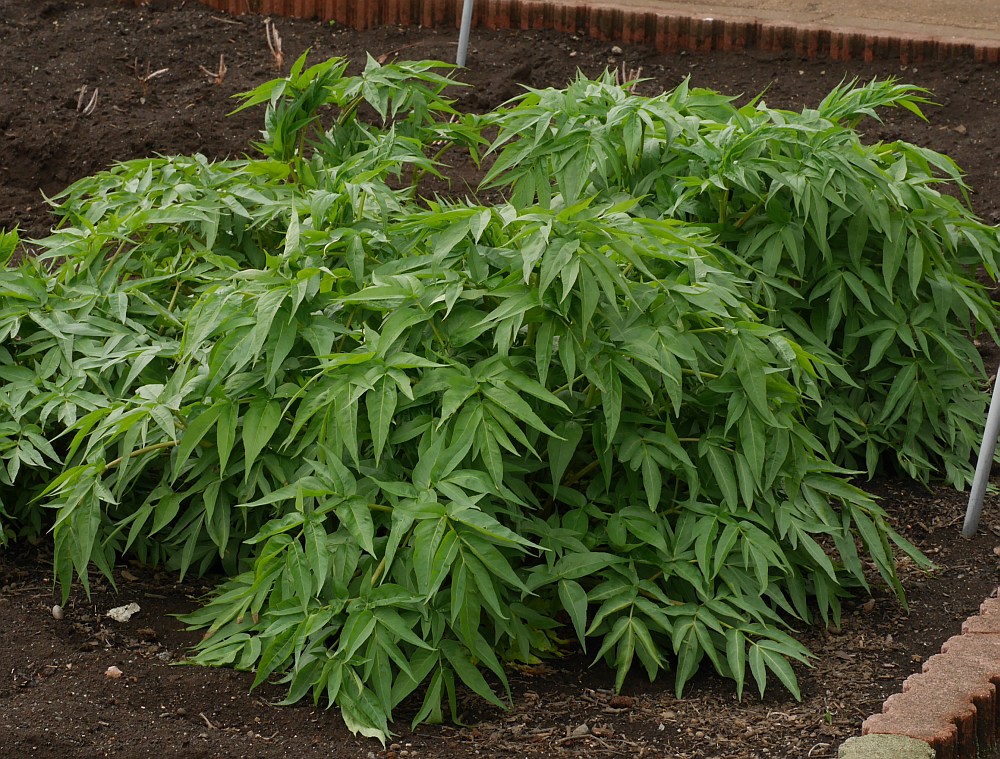My latest book has been published on Monday (with 199 co-authors 😉 ). This is the 300 page Arctic Encyclopaedia and the good news is that it can be downloaded for free at ARCTIC ENCYCLOPAEDIA.
The book explores a wide array of themes—from adventure, aquaculture, food production as well as mining, myths and mental health—with entries spanning the letters A to Ø. Each contributor was assigned a word to define in under 350 words through a short text, poem, photograph, or drawing. My word was GARDEN! You can read my contribution in the picture.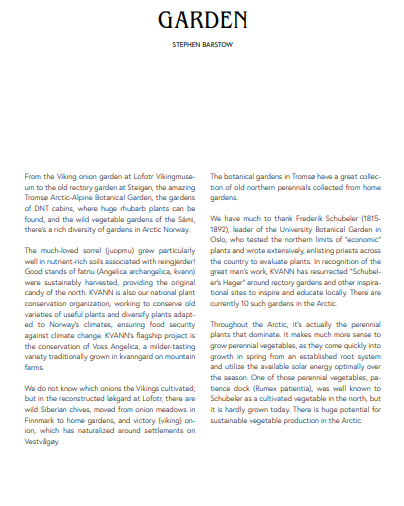

Tag Archives: Voss Angelica
27th March Veggies from the garden
Tonight we made a quiche (eggepai) with these vegetables:
Allium nutans (Siberian nodding onion)
Allium cernuum (nodding onion / prærieløk)
Dystaenia takesimana (Giant Ulleung Celery)
Brassica oleracea (Perennial kale / flerårige kål)
Allium paradoxum
Allium oleraceum
Alliaria petiolata (hedge garlic / løkurt)
Angelica archangelica (Voss Angelica / Vossakvann)
Myrrhis odorata (Sweet cicely / spansk kjørvel)
Tragopogon pratensis shoots ( Jack-go-to-bed-at-noon / geitskjegg)
Carum carvi (caraway / karve)
Aegopodium podograria (ground elder / skvallerkål)
Hablitzia tamnoides (Caucasian spinach / stjernemelde)
Taraxacum officinale (dandelion / løvetann)
Rumex acetosa (sorrel / engsyre)
Smyrnium olusatrum (Alexanders / sorte løpstikke)
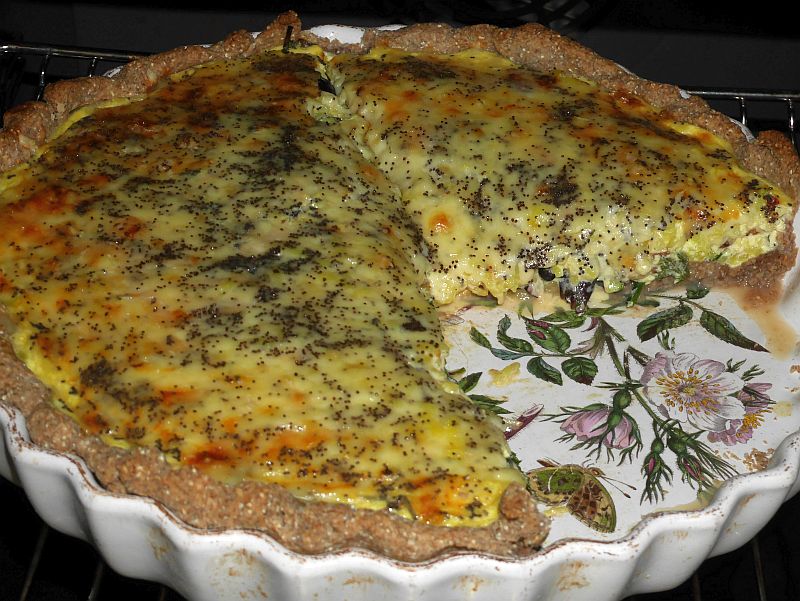
Artikler om grønnsaksarven fra Hagetidend
English: In 2011, I wrote a series of one page articles about Norwegian heirloom vegetables in Norsk Hagetidend (the magazine of the Norwegian Horticultural Society) in Norwegian. The complete series can be found below.
- Fjellmandel og takløk (Mandel potato and the roof onions of Gudbrandsdal)
2. Aleksandra hvitløk (Garlic Aleksandra)
3. Hagemelde “Backlund-Bly” fra USA (Garden orach Backlund-Bly from Seed Savers Exchange i USA)
4. Stjernemelde (Caucasian spinach, Hablitzia tamnoides)
5. Vossakvann (Voss Angelica)
6. Seiersløk fra Lofoten (Victory onion, Allium victorialis from Lofoten)
7. Luftløk fra Udøy (Walking onion, Allium x proliferum from the island Udøy and Catawissa onion)
8. Jordskokk fra Ontario (Jerusalem artichoke from Ontario that travelled the world)
9. Maries høje ært (Marie’s pea…from Norway to Denmark and back)
10. Tante Cis tomat (Tante Cis or Ansofs Gule tomat)
Encounters with Angelica in Japan!
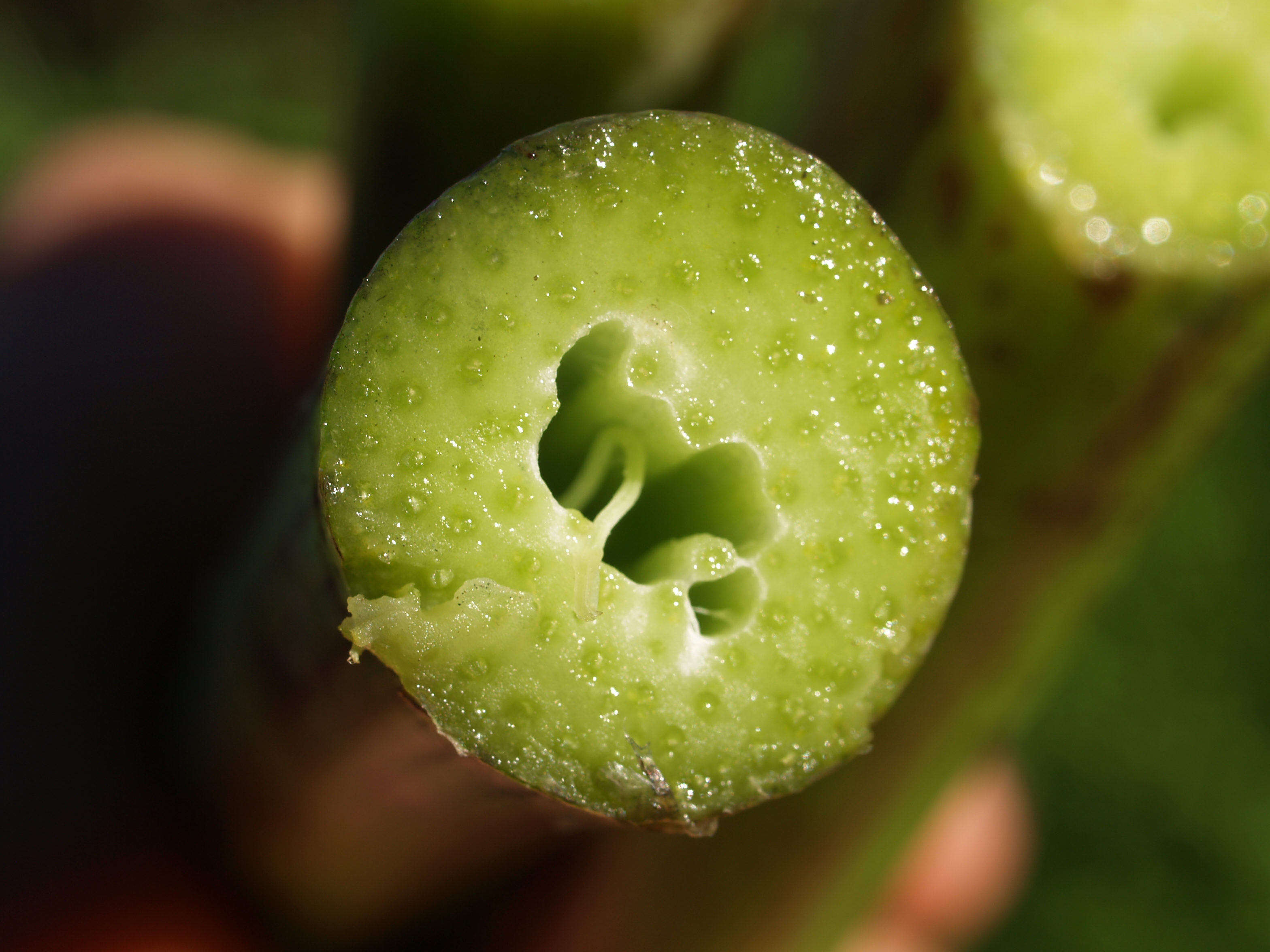
In Japan, no less than 11 species are covered in my most comprehensive Japanese foraging book, Ikozo Hashimoto’s Edible Wild Plants Encyclopedia (in Japanese). On my study trip to Japan in late March / early April 2016, we spent a few days on the scenic Izu Peninsula, a couple of hours from Tokyo. Here we found the best known Japanese species, Angelica keiskei (ashitaba) for sale in a supermarket (picture).
I wrote about my first encounter with this species here: http://www.edimentals.com/blog/?page_id=1385
(the Japanese name ashitaba means “tomorrow’s leaves”, referring to the plants very quick response to being damaged)
I wasn’t aware of it at the time, but ashitaba is endemic to the island Hachijō-jima (jima means island), one of a string of volcanic islands in the Pacific roughly 190 km south of Izu. Apart from Hachijō, ashitaba is cultivated on some of the other islands, including Izu Ōshima, Mikura-jima, Nii-jima and To-shima. It is also grown on the mainland (Honshū). Hachijo has a humid subtropical climate with very warm summers and mild winters, so it’s not surprising it didn’t overwinter in my garden and grew only slowly through the summer (more like winter in Hachijo!). It is an important plant for the local cuisine on the island where both the leaf and flower stalks, flower buds and roots are used in many types of dish from soba (buckwheat pasta), tempura, the alcoholic shōchū, as well as tea, cakes, konjac and even ice cream and is promoted for its health giving properties. In Izu oshima, it is fried in Camellia tea oil, an oil with a sweet, herbal aroma, cold-pressed from the seeds of Camellia oleifera. It is relatively strong tasting and is therefore mostly eaten in oily dishes like tempura or diluted for a milder taste. A nutrient analysis of ashitaba can be found here: http://www.mext.go.jp/b_menu/shingi/gijyutu/gijyutu3/toushin/05031802/002/006.pdf
Interestingly, the variety grown on Mikura-jima is said to be the best as it is less bitter. This variety has “thick” stems, which calls to mind our own thick stemmed Vossakvann variety which is also milder tasting! Varieties on other islands are said to be distinct, having coloured stems.
The most common species we saw in southern Honshu was shiny leaved Angelica japonica (hamaudo, meaning Udo growing on the beach). Many consider it to be “poisonous” (which probably signifies that it is stronger tasting), but it certainly is used in similar ways to ashitaba and we even encountered a local foraging what was probably this species on Izu (see the film at http://www.edimentals.com/blog/?p=9672).
More information can be found in the captions below, which includes pictures of other Angelica species seen in botanical gardens in Kyoto and Tokyo and even ashitaba being grown as a house plant in the mountains near Nagano. My friend Andrew McMilllion in Southern Norway has discovered this wonderful plant and is growing it indoors (in flower as I write this in mid-January).
Thanks to Tei Kobayashi for showing me around on the visit to Nagano and Ken Minatoya-Yasuda for translating some of the text in my foraging book!

